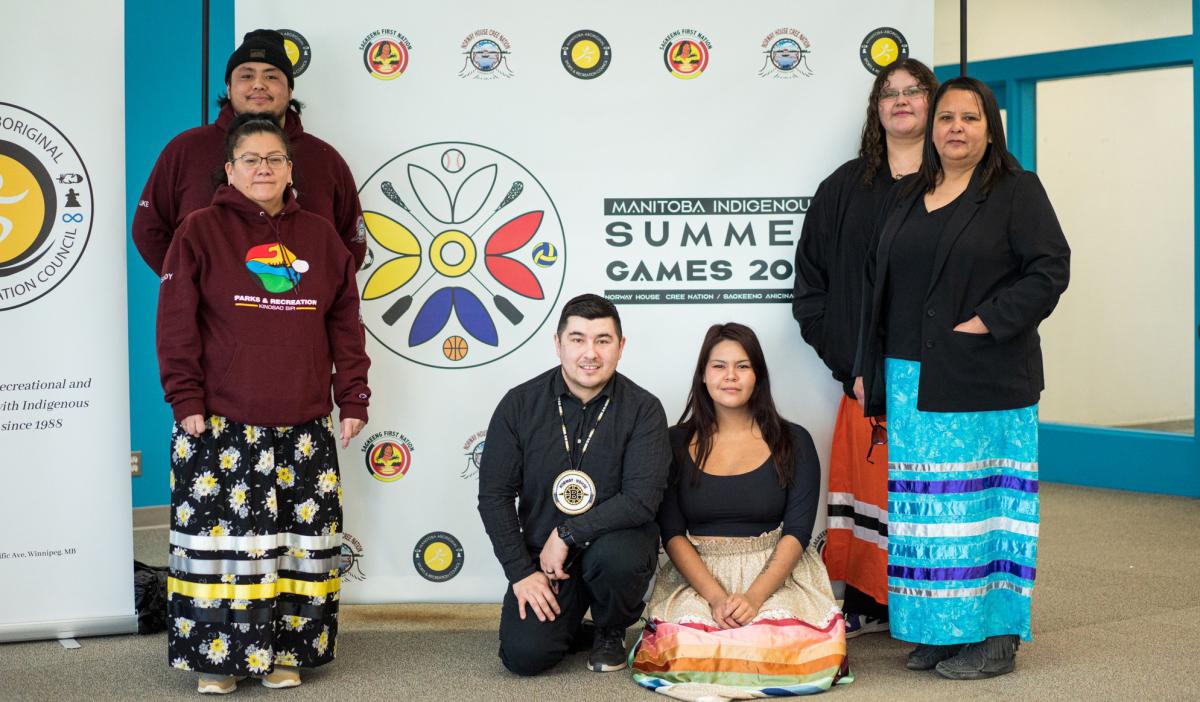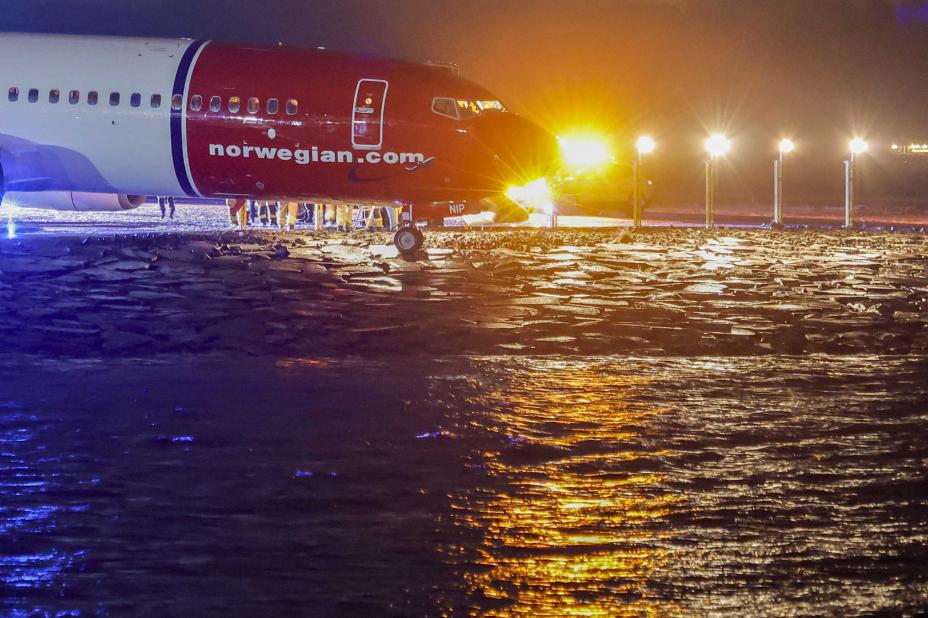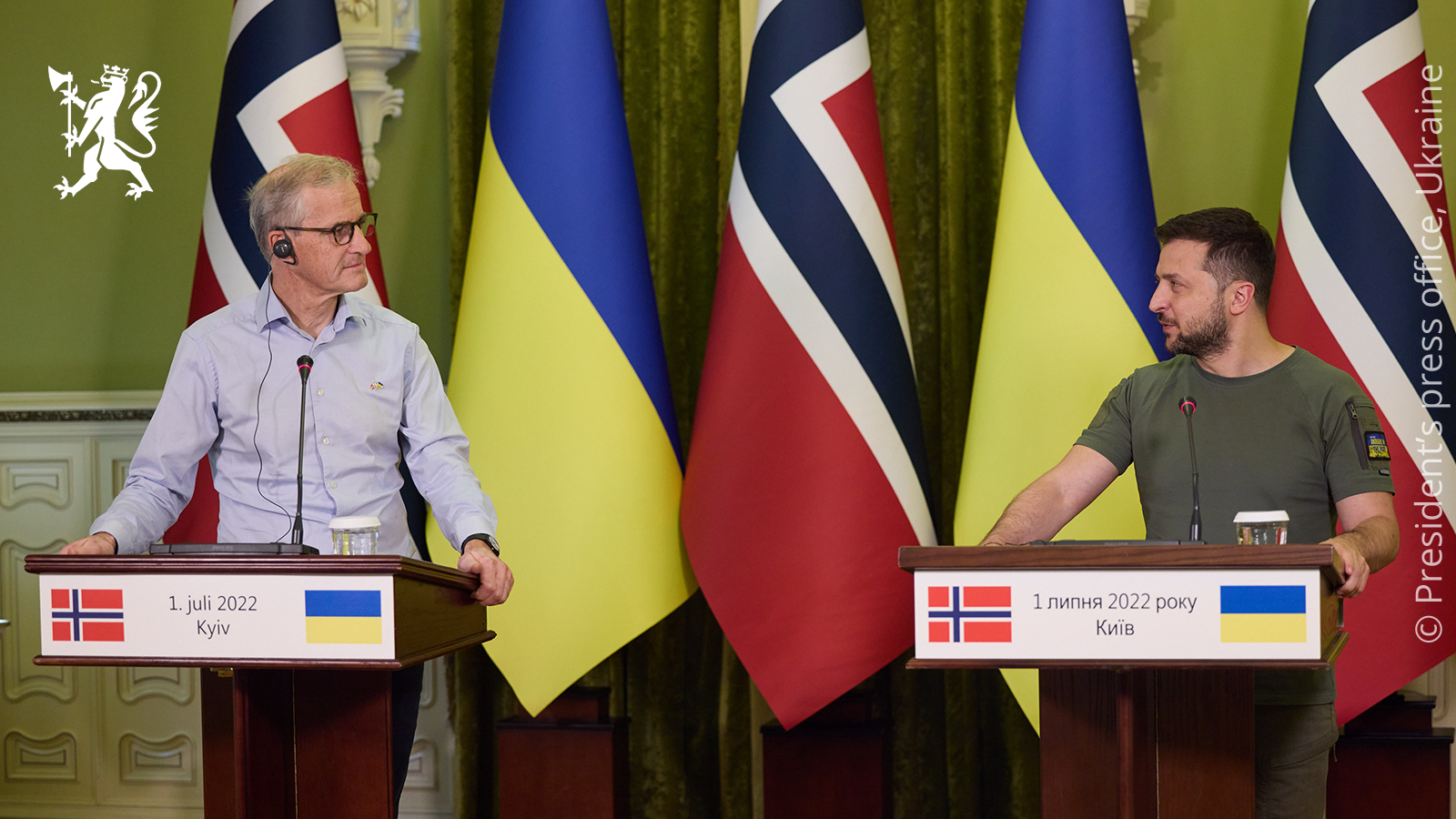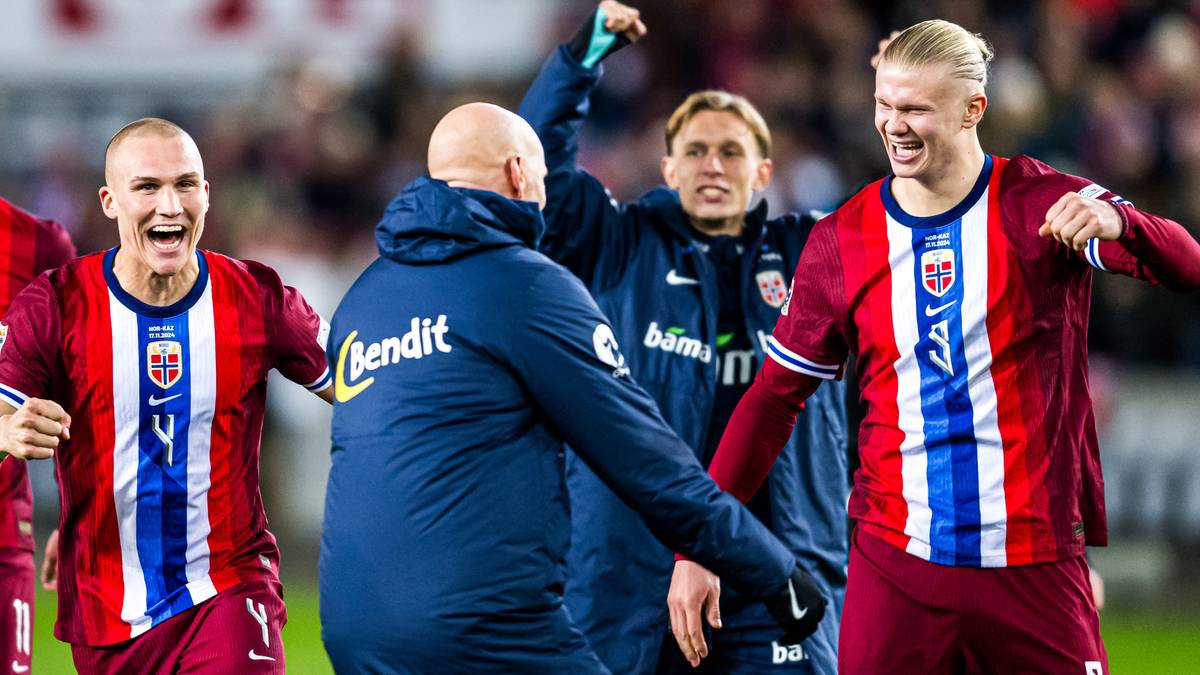Sports
Manitoba Indigenous Summer Games revived following lengthy hiatus

The Manitoba Indigenous Summer Games will return in 2025 following a 14-year hiatus.
The Manitoba Aboriginal Sports & Recreation Council (MASRC), which is the governing body of Indigenous athletics and recreation in the province, announced details for next year’s Games at a news conference on March 18.
Just two First Nations had applied to host the Games, Norway House Cree Nation and Sagkeeng First Nation. But instead of awarding the Games to one First Nation, MASRC officials opted to have the two applicants co-host the multi-sport competition.
“There’s a bit of distance between the north and the south (parts of the province),” said Gabrielle Wishart, the MASRC’s communications coordinator. “And we thought it would make sense to split it up.”
As a result, Norway House Cree Nation will host its north portion of the Games from July 9 to July 14, 2025. And then Sagkeeng First Nation, located in southern Manitoba, will follow by hosting various competitions from Aug. 17 to Aug. 23, 2025.
Wishart said MASRC representatives decided to revive the Manitoba Indigenous Summer Games in order to prepare numerous athletes from across the province for another more prestigious competition, the North American Indigenous Games (NAIG).
The next NAIG will be held in Calgary in 2027.
Wishart said the plan is to host the Manitoba Indigenous Summer Games every four years and, ideally, two years before the next NAIG.
The sports that Norway House Cree Nation will host are badminton, volleyball, beach volleyball, 3-on-3 basketball, soccer, canoeing, wrestling, 10,000-metre running races and York Boat races.
York Boats are significant to Norway House Cree Nation and surrounding area as they were utilized as transportation vessels during the fur trade.
The York Boat races will be a demonstration sport at the Manitoba Indigenous Summer Games.
The 10,000-metre races and wrestling events will be celebration sports for the First Nation in honour of Norway House’s two Olympians.
Joe Keeper represented Canada at the 1912 Summer Olympics in Stockholm, Sweden. He competed in both the men’s 5,000-metre and 10,000-metre races.
Norway House’s second Olympian is wrestler Justina Di Stasio. Last month she qualified to represent the country at this year’s Paris Olympics in France.
Sagkeeng First Nation will host archery, athletics (track and field), basketball, ball hockey, golf and lacrosse competitions.
Sonny Albert, the director of parks and recreation for Norway House Cree Nation, said his First Nation was prepared to host next year’s Games on its own.
But Albert said his First Nation does not mind the fact it will serve as a co-host.
“We want to support not only our community but others as well,” he said.
In order to participate in the Games, athletes must be permanent residents of Manitoba. They must also be First Nations, Inuit or Métis. And they must have been born on or after Jan. 1, 2009.
Wishart said those 16 and under will be eligible to compete at the Games as they are expected to be athletes that will also be eligible to represent the province at the 2027 NAIG.
Sagkeeng First Nation posted a news release on its website announcing its involvement in the Games.
“This prestigious event will bring together athletes from across the province to showcase their talents and sportsmanship in a spirit of friendly competition,” the statement said. “As a host community, Sagkeeng First Nation is excited to welcome participants, spectators, and supporters to our beautiful region for this exciting sporting event. We look forward to providing a warm and welcoming atmosphere for all involved, and we are honored to have the opportunity to share our culture and hospitality with visitors from near and far.”
Wishart said MASRC officials are anticipating about 2,000 athletes to participate in the Games. She believes both of the co-hosts will attract about 1,000 participants each to their First Nations.
Albert, however, said his First Nation has a much loftier goal.
“We’re expecting about 3,200 athletes in Norway House if we’re all filled up,” he said.
Local Journalism Initiative Reporters are supported by a financial contribution made by the Government of Canada.






